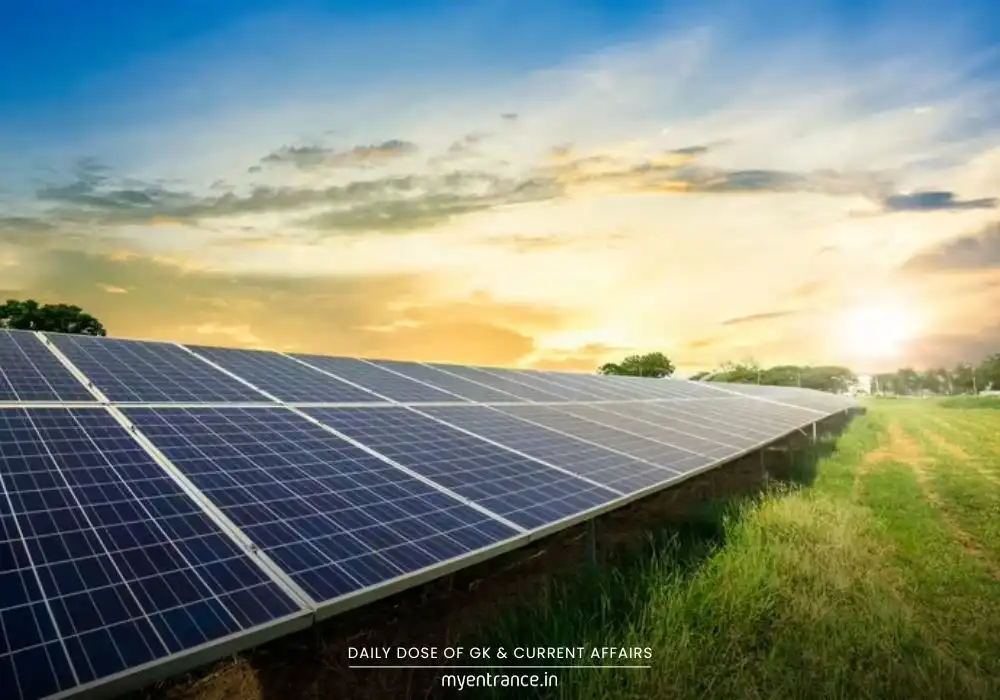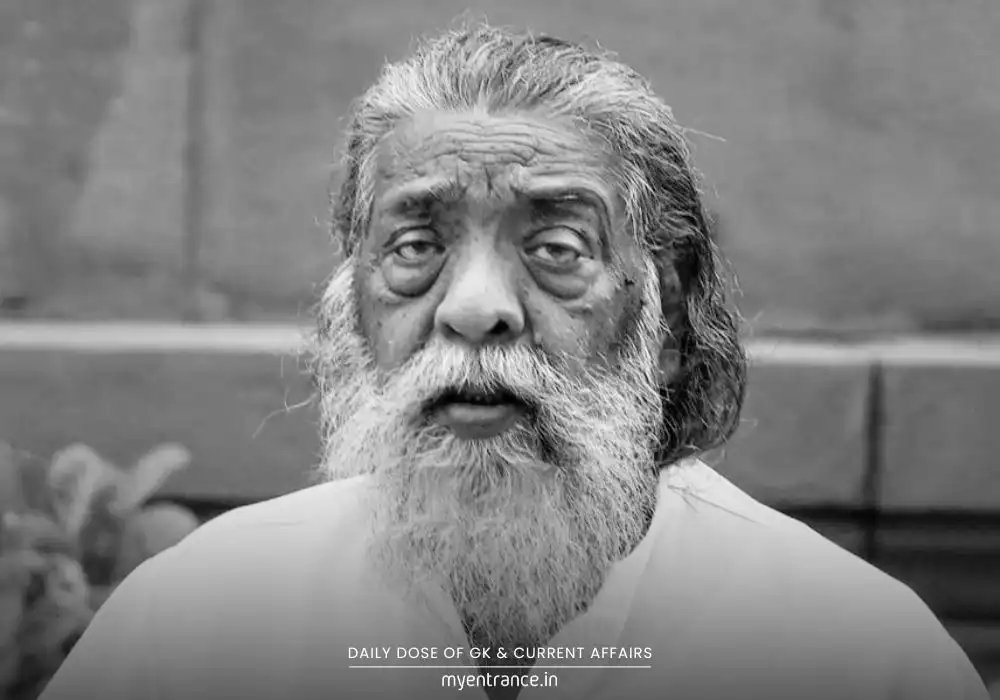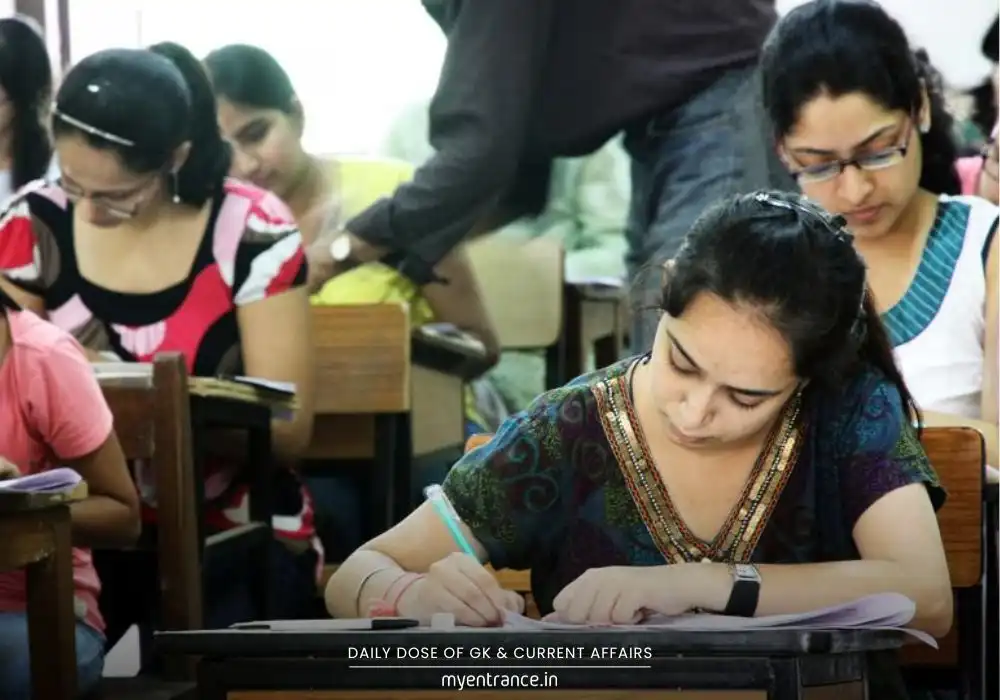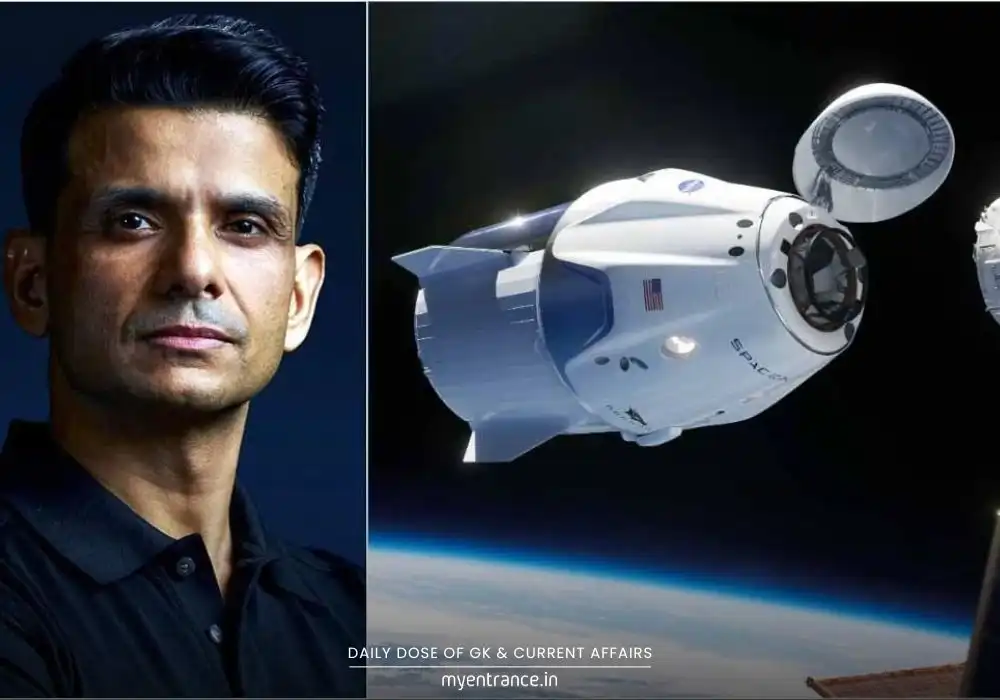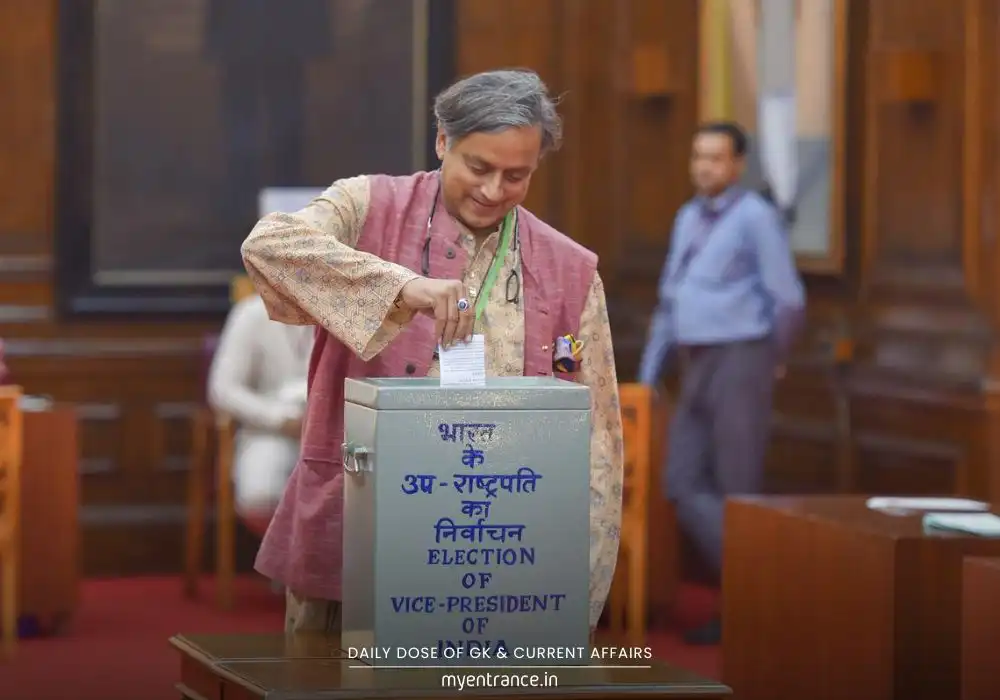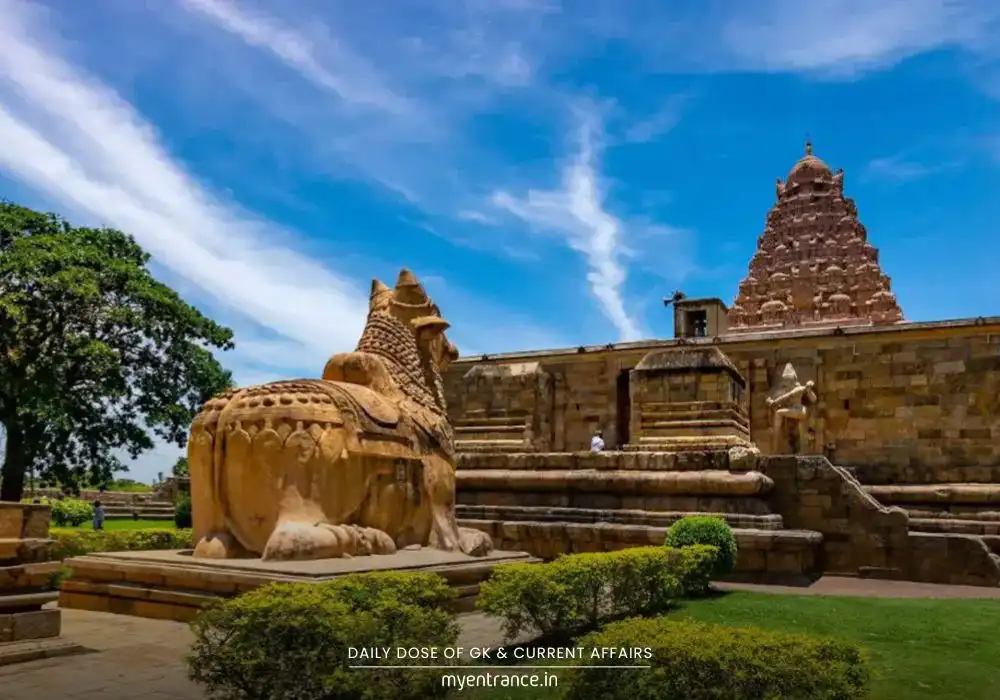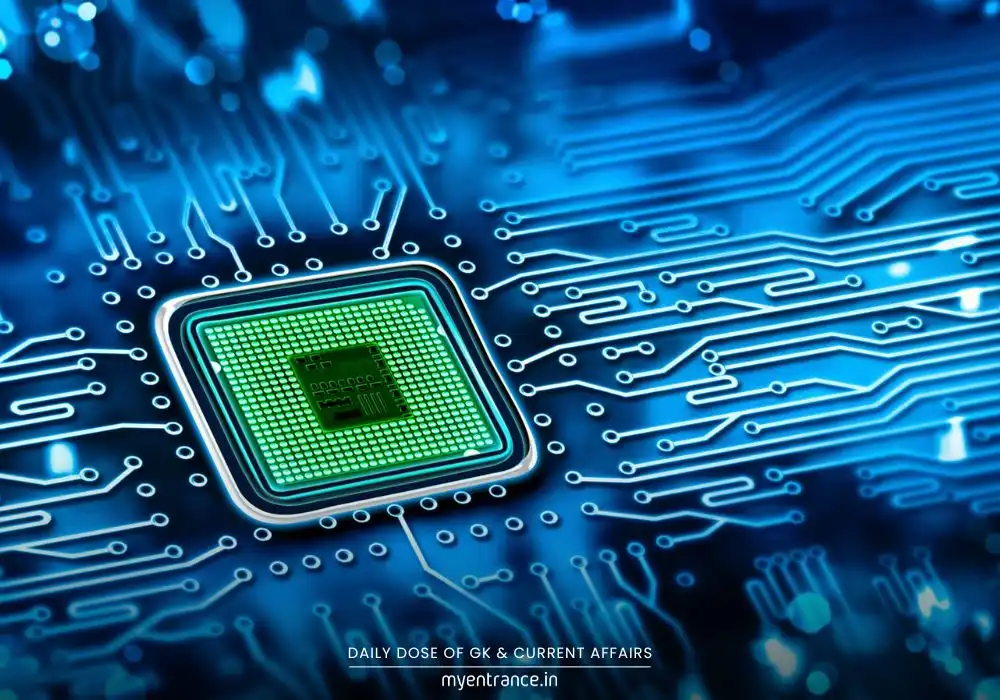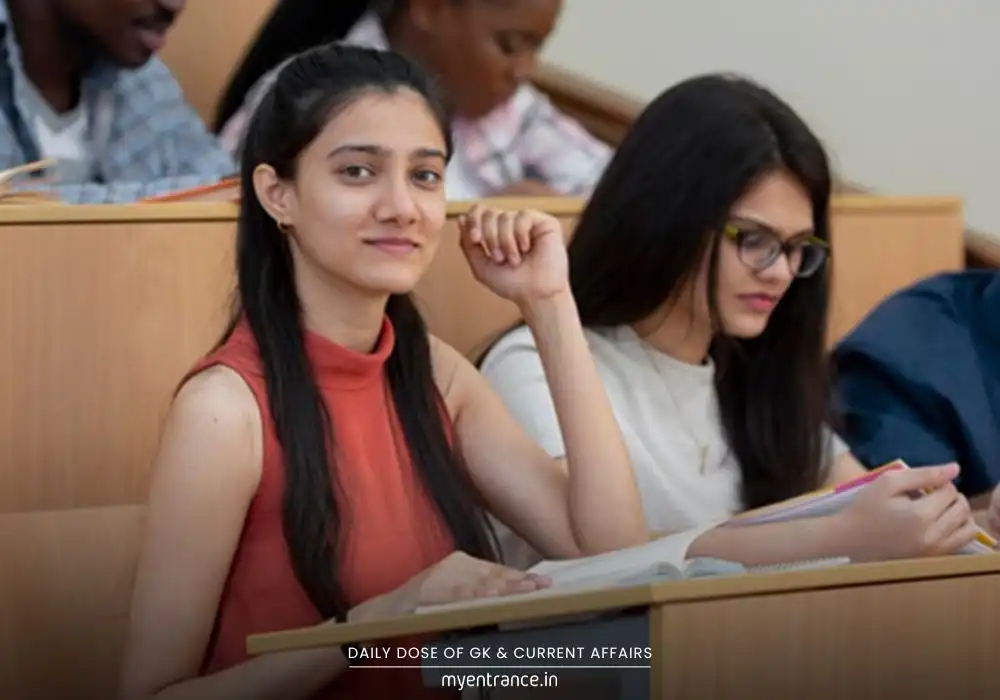Translate Language
August 2025 Sky Spectacles: Meteors, Planets & Cosmic Pairings Over India!
August 2025 transforms India’s night sky into a celestial theater, offering rare astronomical events that blend education with awe. From meteor showers to planetary dances, this guide equips you with faculty-curated insights for unforgettable stargazing. Let’s decode the cosmos together!
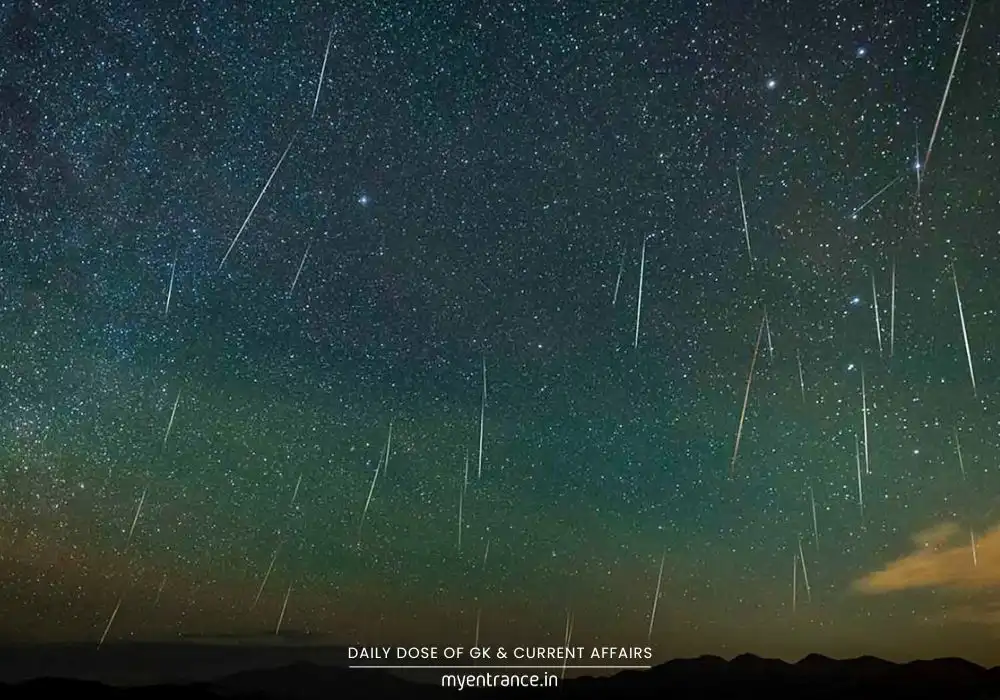
Faculty-Style Rewrite:
Why August 2025’s Sky Matters
As an astronomy faculty member, I urge students to see the night sky as nature’s ultimate classroom. August gifts us cosmic phenomena that teach patience, observation, and scientific wonder—skills vital for competitive exam minds!
Event 1: The Perseids Meteor Shower (Peak: Aug 12–13)
What’s Special?
The Perseids, among Earth’s most prolific meteor showers, peak on August 12–13. Expect 60–100 visible meteors hourly—nature’s “fireworks” from comet Swift-Tuttle’s debris.
India Viewing Strategy:
Timing: 12 AM–5 AM (Aug 13). Post-midnight offers darkest skies.
Moon Challenge: A near-full moon (Aug 9) may dim fainter meteors. Prioritize dark locations:
Himalayan zones (Spiti, Ladakh)
Desert expanses (Rann of Kutch)
Rural Karnataka/Uttarakhand
Post-Peak Bonus: Aug 16–20 promises better visibility as moonlight wanes.
Pro Tip: Carry a reclining chair! Lie flat for 20+ minutes to adapt your eyes.
Event 2: Mars-Moon Conjunction (Aug 26)
Celestial Poetry:
On August 26, a slim crescent moon pairs with Mars—a rusty “star” visible at dusk. This cosmic duet symbolizes planetary orbits in action!
How to Spot:
When: 8:15 PM onward (Western horizon).
Tools: Naked-eye friendly! Urban balconies work if skies are clear.
Science Hook: Mars’ red hue comes from iron-rich dust—observe its color contrast against the moon.
Other Key Events:
Aug 12 (Pre-Dawn): Venus-Jupiter embrace—1° apart! Look east before sunrise. These “morning stars” teach planetary brightness scales.
Aug 19: Mercury’s best appearance. Use apps like Stellarium to locate this shy planet pre-sunrise.
Aug 23: New Moon = Prime galaxy-gazing! With zero moonlight, hunt the Milky Way in pollution-free zones.
Why This Matters for Exam Aspirants
Stargazing isn’t just leisure—it’s active learning. Tracking celestial events sharpens:
Observational skills (critical for UPSC/NID interviews).
Scientific temperament (SSC/PSC physics links).
Patience & focus (essential for all competitive exams).
Faculty Advice: Pair sky sessions with mock tests! Astronomical breaks reduce burnout while nurturing curiosity.
August 2025 invites you to step outside and look up. Whether you’re decompressing after exams or fueling your scientific curiosity, these cosmic events remind us that the universe is the grandest teacher of all. Clear skies!
Get 3 Months Free Access for SSC, PSC, NIFT & NID
Boost your exam prep!
Use offer code WELCOME28 to get 3 months free subscription. Start preparing today!



